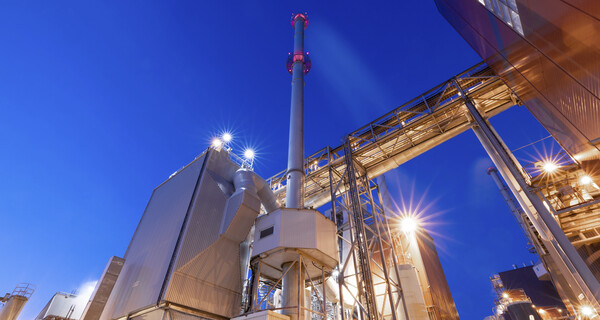
Fortum welcomes the revision the Waste Framework Directive (WFD) with the objective to improve waste management and increase the protection of the environment and public health by reducing waste generation and increasing reuse, and by improving separate collection and quality recycling. Making the best use of materials many times over saves natural resources.
- Materials produced from incineration residues and captured carbon should be recognized in the scope of recycling
- The List of Waste must be revised to better reflect the emerging waste streams and of particular interest for achieving the objectives of circular economy
- A definition for POPs waste must be added in the WFD in order to better align the WFD with the rules in EU POPs regulation
The scope of recycling must be reconsidered
New technologies for waste recycling are emerging rapidly, such as chemical recycling and material manufacturing based on captured carbon from waste treatment, including carbon capture and utilisation (CCU). The EU legal framework should remain technology neutral. Current recycling schemes based on separate collection and mechanical recycling have their limitations, economically and technically, and that is why the EU should remain open to new technologies in its actions to improve recycling rates.
The current definition of recycling should consider the utilisation of captured carbon of waste origin for the manufacturing of materials. The calculation rules need to be revised to be applicable to materials recycled with these new technologies. For example: with waste streams that are technically difficult to recycle via conventional methods, CCU incorporated to a Waste-to-Energy plant could greatly increase e.g. the recycling rate of plastic packaging. Capturing and utilising carbon of waste origin to produce new products, such as plastics, can also enable the recycling of those plastic packaging wastes that have not been properly source separated (by households) and end up to municipal solid waste for energy recovery. New technologies have been developed to recover valuable minerals and metals from incineration residues, e.g. fly ashes, that historically have been disposed of. This practice should be recognised and incentivised in the revised WFD.
EU List of Waste should reflect new waste streams
The separate collection of well-defined recyclable waste streams (separated from waste streams containing legacy substances, such as persistent organic pollutants that are to be phased out from the material cycles) must be controlled, and the Waste Framework Directive must regulate this in a supportive manner.
Fortum believes the success, to a large extent, is in the evolution of the waste directive to turn waste into a resource. It is very important to keep track of the waste streams containing materials of particular interest, e.g. materials originating from waste batteries. Therefore, we urge the EU to start revising the EU List of Waste (LoW) to reflect the emerging new waste streams.
A definition for POPs waste must be added in the WFD
In order to ensure the interface between the EU POPS regulation and the WFD is coherent in terms of classification and enforcement, the WFD need a definition for POPS waste. Fortum therefore suggests the Commission add a definition for POPs waste in the revision of the WFD and revise the classification rules in EU LoW (2014/955/EU) as follows:
Add to article 3 Definitions:
2.d 'POPs waste' means waste which contains Persistent Organic Pollutants listed in annex IV of EU (2019/1021) exceeding the concentration limit values;
In the EU List of Waste (2014/955/EU)
2. Classification of waste as hazardous:
Remove: Wastes containing polychlorinated dibenzo-p-dioxins and dibenzofurans (PCDD/PCDF), DDT (1,1,1-trichloro-2,2- bis (4-chlorophenyl)ethane), chlordane, hexachlorocyclohexanes (including lindane), dieldrin, endrin, heptachlor, hexaclorobenzene, chlordecone, aldrine, pentachlorobenzene, mirex, toxaphene hexabromobiphenyl and/or PCB exceeding the concentration limits indicated in Annex IV to Regulation (EC) No 850/2004 of the European Parliament and of the Council (1) shall be classified as hazardous.
Replace with: 'POPs waste'
Contact: Janne Koivisto, Public Affairs Manager, +358503213639 Janne [dot] Koivisto [at] fortum [dot] com
Martina Melander, Public Affairs Manager, +46703757864, martina [dot] melander [at] fortum [dot] com
As part of Fortum Corporation, the Fortum Recycling & Waste business area’s objective is to move towards a low-emission energy system and the optimal use of resources. Our goal is to support our customers’ businesses by conserving natural resources and promoting a circular economy. We work together with our customers to build smart and sustainable solutions to ensure the circulation of valuable materials and the removal of harmful substances from the material cycle.
Fortum Recycling & Waste employs approximately 1 000 employees in about 30 offices and treatment centres in Finland, Sweden, Denmark, Norway and UK.